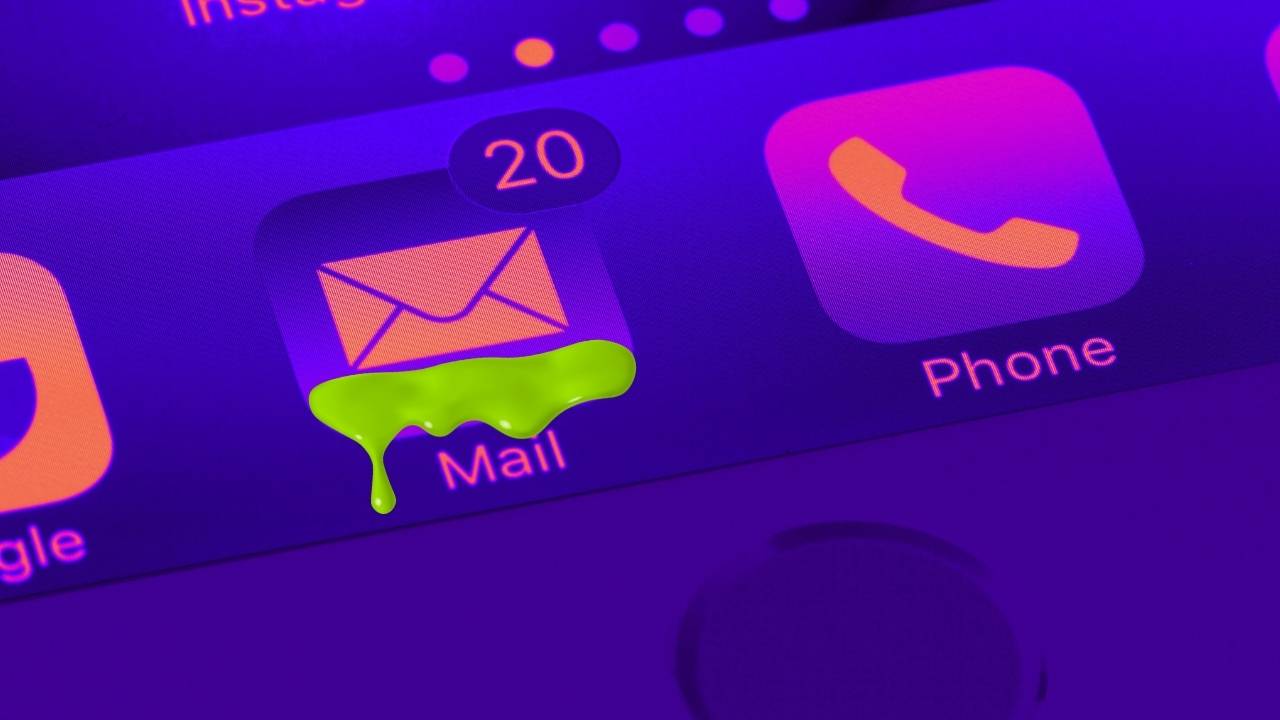- Threats of conflict and violence in the workplace need to be stopped before they escalate to situations of physical or psychological harm.
- That is why CommSafe AI launched software that uses AI models to analyze company communication to identify toxic behaviors and IP loss.
- No human beings are monitoring this data; the AI does the work and lets the company know when it’s time for human involvement/intervention.
36% of organizations don’t provide anti-harassment training, and unfortunately, 45% of female victims report experiencing it remotely (such as through email, texts, social media, video conferencing platforms, or phone calls).
However, the pandemic and working from home did not prevent toxic communication from occurring; 23% of women reported an increase in online harassment during the pandemic.
In a world where bullying, sexual harassment, discrimination and intellectual property threat is prevalent, there is increasing demand for software that allows companies to get ahead of threats of conflict and violence in the workplace before they escalate to situations of physical or psychological harm.
That is why CommSafe AI has launched the first-to-market communication software that, in near real-time, uses artificial intelligence (AI) models to analyze company communication to identify toxic behaviors and IP loss.
The software has received certification with ServiceNow, a leader in enterprise digital process automation tools. CommSafe AI also integrates with Microsoft products and Google Workspace accounts.
The company’s software release comes at a time when concern over conflict and violence are at an all-time high in the United States.
A recent report, “2021 State of Protective Intelligence Report: The Outlook from Physical Security, Legal, Compliance and Risk Leaders,” showed that top concerns for security decision-makers at U.S. companies include a dramatic rise in physical threats, lack of unified intelligence, and physical security challenges brought on by COVID-19.
“Increased employee stress and anxiety during the pandemic has seen a dramatic increase in these insider threats,” according to Ty Smith, founder of CommSafe AI.
How the technology works
The product works across email products including Microsoft Outlook and Google Suite, as well as collaboration tools such as Slack and Microsoft Teams.
This software identifies toxic language in workplace emails and chats and can scan everyone in the company, if the employer sets it up that way.
85% of the Fortune 500 are already monitoring all employee emails; primarily for data loss prevention, fraud, and in some cases insider trading (Fintech) and even sales and marketing initiatives.
No human beings are monitoring this data. The AI does all the work and lets the company know when it’s time for human involvement/intervention.
For companies and employees worried about privacy concerns, the software does not monitor electronic communications; rather it scans and flags potentially toxic language and poor sentiment.
Because employees feel safer knowing their company is taking steps to protect them from harassment, they are focused and more productive. Equally important, company brand reputation remains uncompromised.
“Identifying toxic communications and behaviors are at the forefront of making the workplace a safe space for everyone. It’s the intelligent solution combining machine learning, human judgment and experience to help identify risks to your employees and the workplace culture,” said Sanjit Singh, Chief Revenue Officer at CommSafe AI.
Eventually, Smith hopes to add features to CommSafe’s product for early intervention in mental health crises – specifically suicide prevention.
In a Q&A with Ty Smith, founder of CommSafe AI, he explained that toxic communication has changed during the pandemic, and explained how AI can hinder workplace harassment.
Allwork.Space: Why are technology and AI, in particular, disrupting toxic communication and mitigating harassment, discrimination, and workplace violence?
Ty Smith: Covid-19 has changed the future of work and created a new normal called ‘work from home.’ Many safety and security risks have manifested in the virtual communication environment as a result.
In fact, since the start of the pandemic, we’ve seen massive spikes in cyberbullying, cyberstalking, and cyber sexual harassment. AI allows us to comb through massive amounts of data, faster and more intelligently than humans can do alone.
Also, AI doesn’t need sleep, which means it can be trained to work automatically and autonomously, 24 hours a day. So, people can be protected 24 hours a day, regardless of time zones and location.
Allwork.Space: Is toxic behavior possibly behind The Great Resignation?
It’s certainly connected to The Great Resignation. People are already stressed enough given all that we’ve endured over the last two years. I think people are beginning to realize life is too short to voluntarily remain in a toxic environment.
Allwork.Space: How is Covid-19 ushering in a new era of physical security, if at all?
Covid-19 has caused security professionals to address a completely new set of threats to employees and businesses.
From the rising sale of ghost gun parts and 3-D printed weapons to the potential weaponization of the Covid-19 virus; security professionals are forced to consider new methods of identifying security risks ahead of trouble.
Advanced technology is quickly becoming the main effort of most physical security professionals. Also, with the shift to work from home, many security risks have manifested in the virtual environment creating written liabilities for organizations without the knowledge of leadership.
Allwork.Space: What are some common types of office IT security vulnerability?
Some types of office IT security vulnerability include human error, written passwords, and awake and unattended computers vs. sleeping computers.


 Dr. Gleb Tsipursky – The Office Whisperer
Dr. Gleb Tsipursky – The Office Whisperer Nirit Cohen – WorkFutures
Nirit Cohen – WorkFutures Angela Howard – Culture Expert
Angela Howard – Culture Expert Drew Jones – Design & Innovation
Drew Jones – Design & Innovation Jonathan Price – CRE & Flex Expert
Jonathan Price – CRE & Flex Expert














